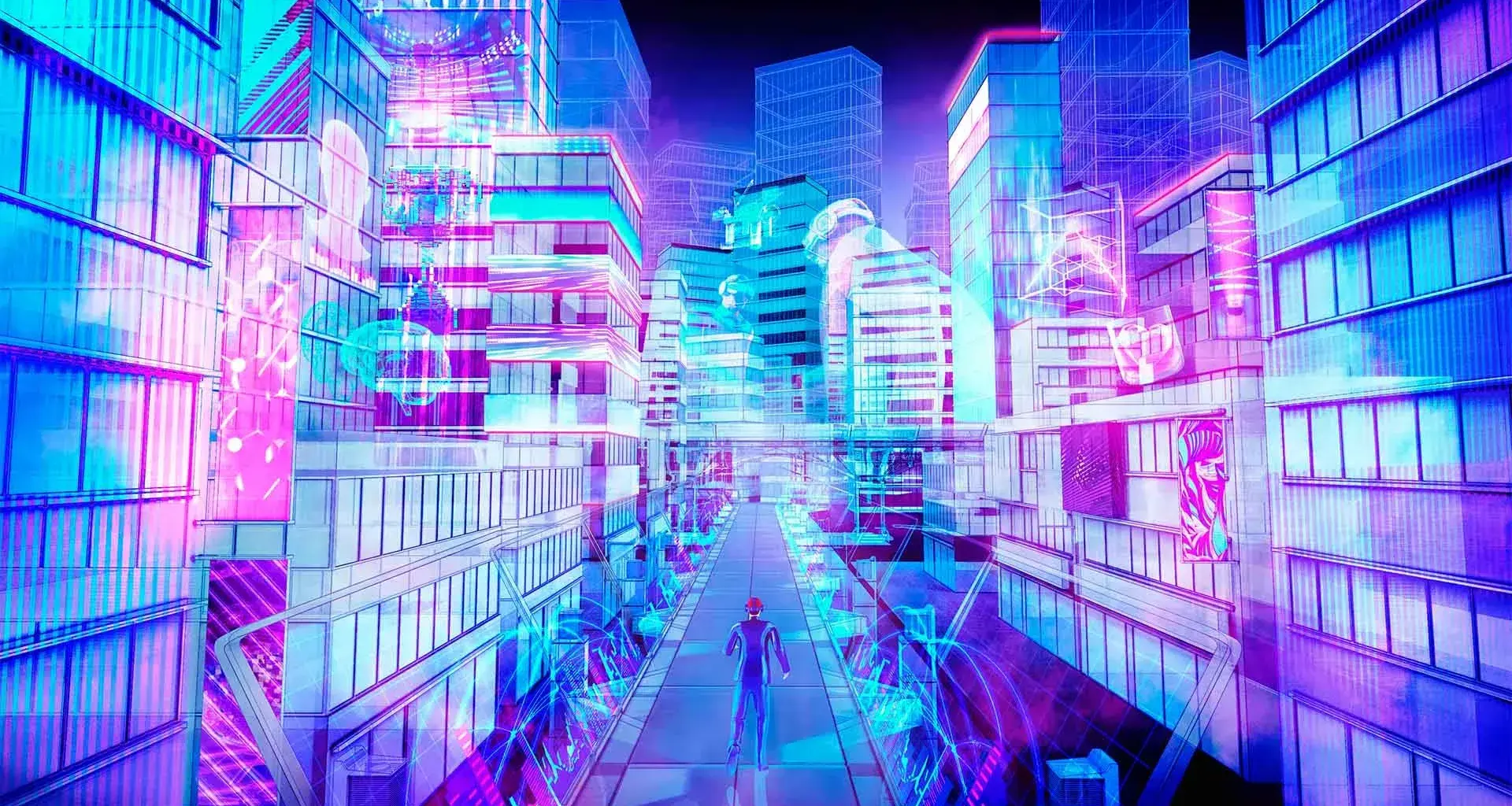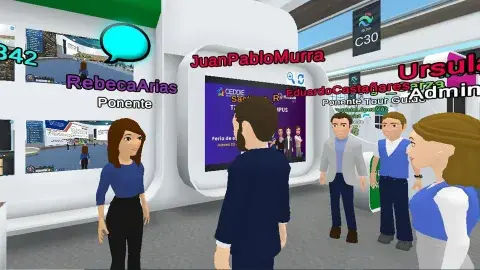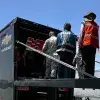Final semester architecture students at the Tec’s State of Mexico campus have won the international ‘Next Top Metaverse Build’ competition.
This competition is both a virtual development marathon and an accelerator program that seeks to promote entrepreneurs and builders within the metaverse.
José Cruz, director of the architecture program at the campus, explained that there are four categories within the contest: architecture, freestyle, event spaces, and exhibition spaces.
“This contest is organized by the Renovi company and sponsored by various organizations, including the Decentraland platform, one of the world’s fastest growing virtual environments,” he explained.
“Getting architects to participate in the metaverse allows them to reflect upon and explore immaterial architecture.” - José Cruz
Winning projects
Five teams from the ‘Final Degree Project’ group, taught by professors Carlos Pascal and José Cruz, participated in different categories of the metaverse contest.
“Their goal was to develop an iconic building within the virtual world. The evaluation criteria were originality and creativity, functionality and interaction, and the design process.
“This also means we’re venturing into a virtual field still little explored by architects,” said José.
There were two prize-winning projects: ‘Adaraverse’ from the team consisting of Brenda Pintor, Mariana Meza, and Mario Reyes and ‘Cumulus,’ developed by Diego Gaona, Julio González, and Tania Olvera.
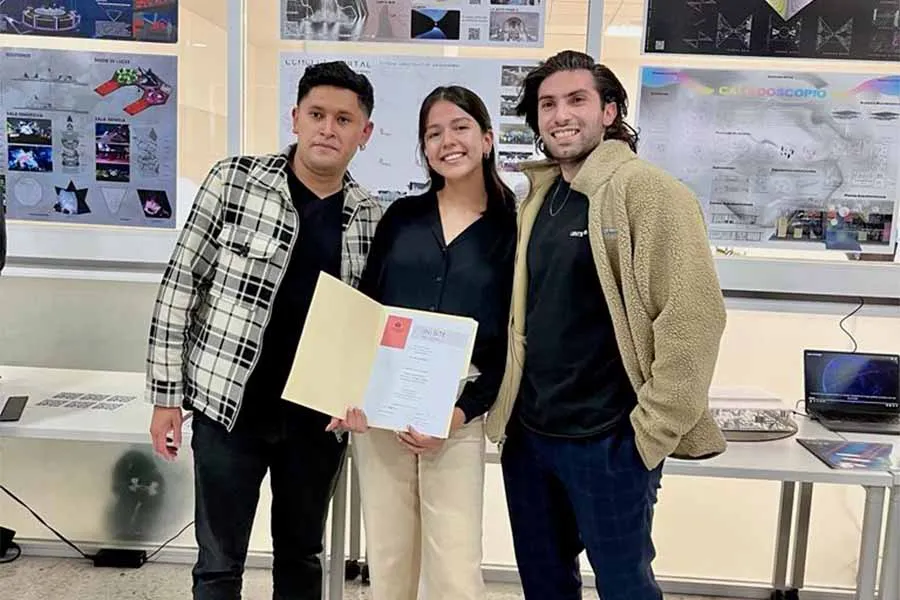
Selling NFTs
‘Cumulus’ won first place in the event spaces category. It consists of a virtual space in which to exhibit and sell NFTs.
“NFTs are resources or digital content such as images, videos, etc. These are sold as unique pieces supported by blockchain, which certifies the authenticity of specific NFTs,” explained Tania Olvera.
Diego Gaona said they had concluded after arduous research that it was important to be aware of how people were going to have an experience through digital devices.
“Our proposal resulted in new ergonomics, spaces with changing dimensions, and other new concepts which allowed us to create a virtual world without spatial limits,” he shared.
Julio González believes that architecture needs to create new spaces with different characteristics for users all over the world.
“We see the metaverse as an opportunity and a challenge to create a new type of architecture that, as well as being exempt from certain laws of physics and space, has the possibility to respond to new needs,” he stressed.
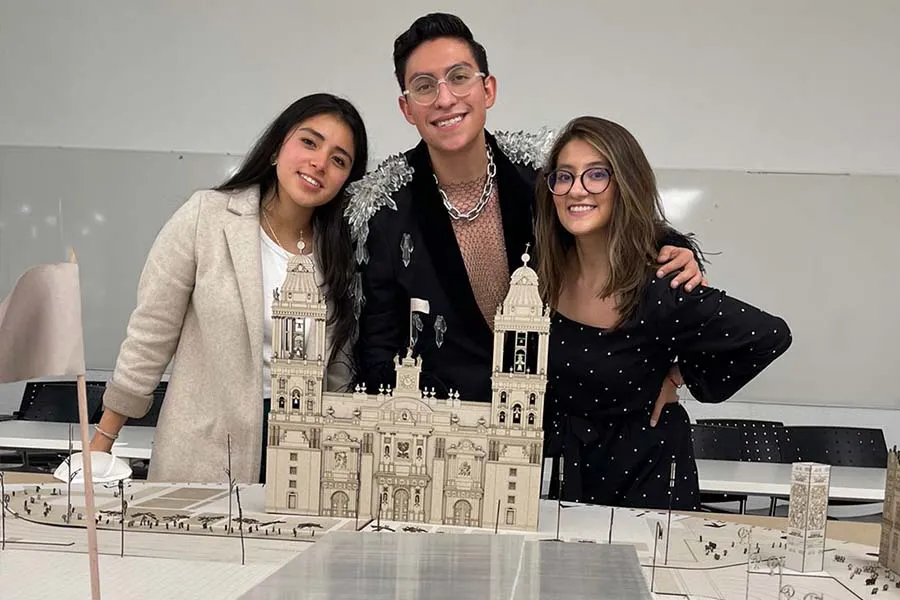
Holographic memories
The ‘Adaraverse’ project came fifth in the architecture category and fourth in the freestyle category.
“We designed a space for memories. This began with the geometry of a cube and the juxtaposition of lines, in which colors, textures, and visual games generate various sensory experiences for the user”, explained Mariana Meza.
Brenda Pintor shared her opinion about the importance of architecture within the metaverse.
“It’s the future of architecture, and new typologies can be created at a higher level for any type of user. This is in addition to being able to monetize it and generate exclusive experiences,” she said.
Mario Reyes explained the creative process behind the team’s design proposal and how they arrived at the final product.
“We spent several months going backwards and forwards with our ideas. The end result was just a small part of all the work we did and the possibilities that were considered,” he said.
Finally, Professor Cruz explained that another part of the students’ final degree projects included the design of a physical building.
“Each team developed a proposal for a physical portal to the metaverse, which consists of a temporary physical building providing access to new digital environments from public spaces across the country.
“The Tec is increasing the presence of our students in the metaverse through this project. In addition to being users, connoisseurs, and investors, they are actively participating in the creation of virtual spaces,” he explained.
ALSO READ:

